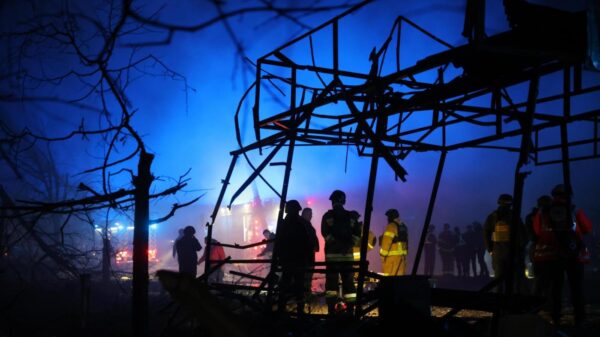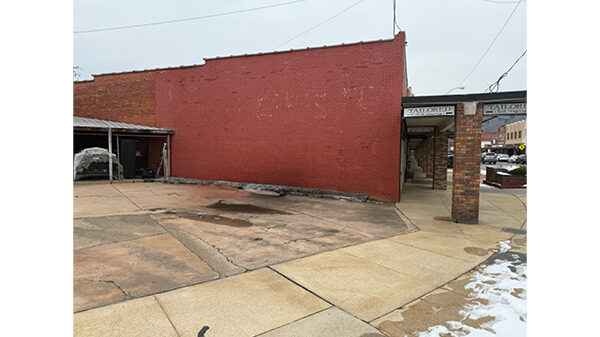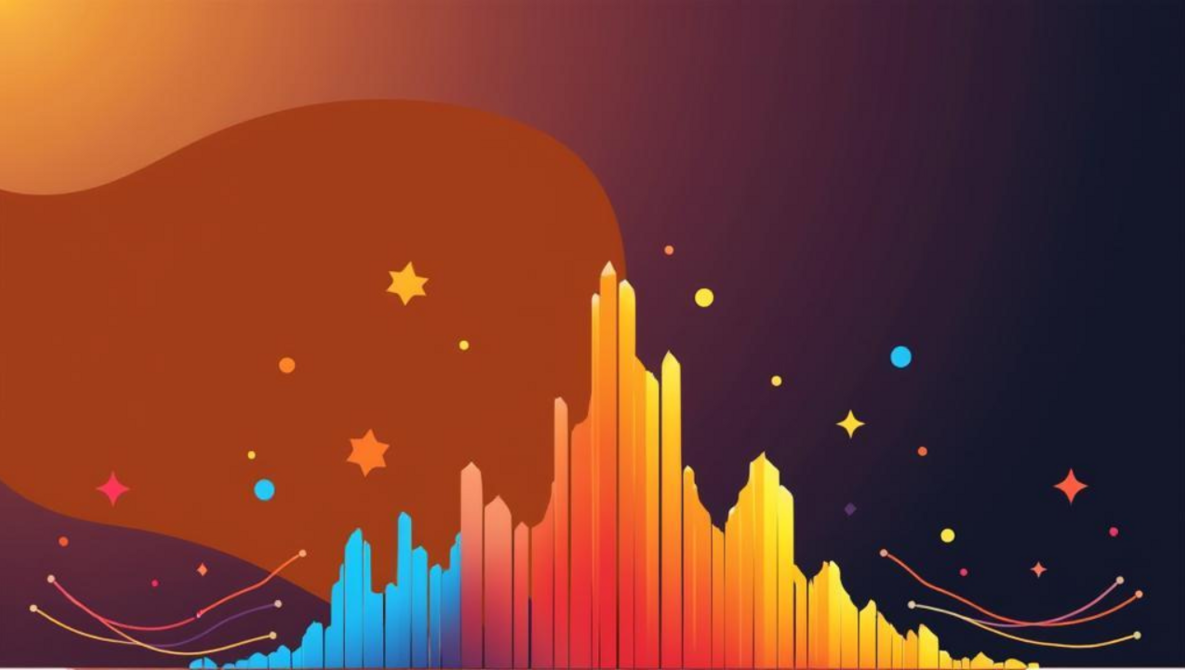Landscape photographers seeking to enhance their craft can significantly improve their results by mastering the use of histograms. This essential tool provides a visual representation of the tonal range in an image, enabling photographers to make informed decisions on exposure both in-camera and during post-processing.
Understanding the histogram is vital for achieving creative visions and ensuring that images capture the intended detail and vibrancy. A histogram displays a graph where the horizontal axis represents the tonal range, from pure black on the left to pure white on the right. The vertical axis indicates the number of pixels corresponding to each tonal value. By effectively utilizing this graph, photographers can adjust exposure and contrast to create more compelling images.
Types of Histograms and Their Uses
Cameras typically offer two types of histograms. The first displays overall brightness levels, showing the distribution of light and dark areas. This is useful for assessing exposure based on lighting conditions. The second histogram breaks down tonal distribution into red, green, and blue channels, allowing for careful analysis of color balance and saturation. This feature is particularly beneficial during sunrise or sunset when red light levels are elevated, or during the blue hour when blues dominate the spectrum.
Reading a histogram may initially seem complex, but with practice, it becomes an integral part of the photographic process. Photographers should look for spikes on the left or right edges of the histogram, as these indicate potential loss of detail in shadows or highlights. A well-balanced histogram typically exhibits a smooth curve peaking in the midtones, which signifies an effective distribution of light. Gaps on either side may suggest underexposure or overexposure, prompting necessary adjustments.
After capturing an image, it is advisable to consult the histogram immediately. If it skews too far left, the image may be underexposed; conversely, if it skews right, it may be overexposed. Aiming for a balanced histogram that maximizes the tonal range while avoiding clipping is crucial. Photographers can use their camera’s exposure compensation feature to rectify imbalances based on histogram feedback.
Utilizing Histograms in Post-Processing
Histograms are not only beneficial during the shooting process; they also play a vital role in post-processing. In editing software such as Lightroom or Photoshop, the histogram provides real-time feedback as adjustments are made. If highlights are blown out, the histogram will reflect this, allowing photographers to make necessary corrections. Adjusting brightness and contrast while monitoring the histogram helps to maintain detail in both shadows and highlights.
Many photographers rely solely on their camera displays for exposure assessment. However, this can be misleading. Checking the histogram offers a more accurate representation of exposure, ensuring that images are captured correctly. In workshops, many participants initially overlook the potential of histograms, but once they begin using them, they often find the results transformative.
A common misconception is that a centered histogram is always ideal. Depending on the scene being photographed, a balanced histogram may not align with the creative intent. For instance, bright scenes will naturally shift the histogram toward the right. Therefore, understanding the context of each shot is essential for achieving the desired outcome.
Darren J. Spoonley, an outdoor photographer based in Ireland, emphasizes that mastering the histogram can significantly enhance landscape photography. By understanding the nuances of this tool and applying the knowledge gained in both shooting and editing, photographers can achieve better exposure, richer tones, and ultimately, more captivating images.
Photographers are encouraged to familiarize themselves with histograms to elevate their landscape photography. Incorporating this tool into practice can lead to more successful outcomes and a deeper understanding of the photographic process. As Spoonley suggests, enabling the histogram feature on camera displays ensures that photographers are making the most of this invaluable resource.



































































